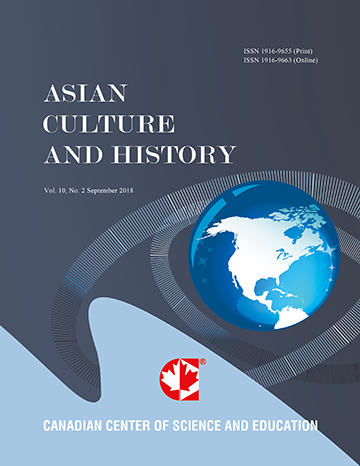Open-air Conservation of Ruins and the Concept of “Non-Dislocation”
- Aldo Accardi
Abstract
Most of the on-going debate is about “how” to protect archaeological ruins, whilst at the same time allowing the general public to enjoy them. Today it is clear how important it is, from the actual planning stages of excavations, to interact with experts from other disciplines, who are working on their own findings and offering them up for collective enjoyment. Whatever might be feasible for an indoor museum is not always feasible with an architectonic ruin, as regards both presenting objects with explicative apparatus that determines their significance, and exploring them in a new way when interpretations change or new ideologies are introduced. First of all, conserving excavations is the not the same as conserving a transportable object. In the past many countries in Europe preferred to “present” Roman remains simply as “gardens of ruins”, often endeavouring to stand them in sharp contrast with a more recurrent evocation of the original contexts of local life. Recently, with regard to the Roman tradition, there has been a noticeable inversion of trend in musealization operations, according to which the mere “contemplation of ruins” should be replaced by emotional contact with history. The main consequence of these new tendencies is the replacement of an informatics-based and didactic approach to musealization, in favour of a more authentically interpretative approach. Back-up resulting from experimentation in the fields of restoration and conservation becomes indispensible in implementing these new strategies for the musealization of archaeology. Continuous research and the progressive advance of conservation techniques have meant that the need to transfer archaeological remains has been avoided and an improved in situ “presentation” of these remains, both movable and immovable, can now be guaranteed.- Full Text:
 PDF
PDF
- DOI:10.5539/ach.v4n2p109
Journal Metrics
Google-based Impact Factor (2017): 5.42
h-index (January 2018): 11
i10-index (January 2018): 21
h5-index (January 2018): 6
h5-median (January 2018): 9
Index
- Academic Journals Database
- CNKI Scholar
- COPAC
- EconPapers
- Elektronische Zeitschriftenbibliothek (EZB)
- Excellence in Research for Australia (ERA)
- Genamics JournalSeek
- Google Scholar
- Infotrieve
- LOCKSS
- MIAR
- NewJour
- Open J-Gate
- PKP Open Archives Harvester
- Publons
- RePEc
- Scilit
- SHERPA/RoMEO
- Standard Periodical Directory
- Technische Informationsbibliothek (TIB)
- The Keepers Registry
- Universe Digital Library
- WorldCat
Contact
- Ivan YongEditorial Assistant
- ach@ccsenet.org
